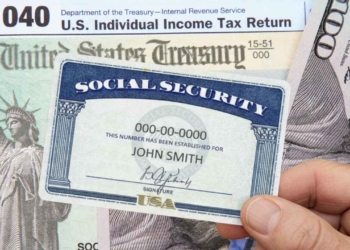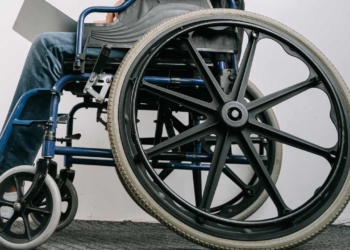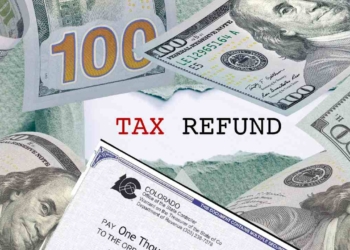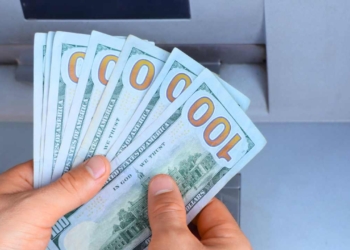The first payday for eligible Americans on Social Security retirement benefits in June is about to take place. Millions of retirees qualify for a check or direct deposit; however, only a small group of retired workers can receive so much money from the Administration. So, who will receive the largest monthly payment available in 2025 on June 3, 2025?
As a matter of fact, to receive the largest monthly payment from Social Security, regardless of the payday (July 3, July 9, 16, 23), you must meet these 4 conditions. First and foremost, you must have filed at the age of 70. Thus, it is not possible to get it at a younger age. Second, you must have also worked for 35 years. Of course, this brings a third condition: it must have been in jobs covered by the SSA. Here comes the fourth requirement, which is the most difficult to achieve.
Have you earned the Social Security’s taxable maximum?
If you also meet the fourth requirement, earning the taxable maximum for 35 years, you will be able to get $5,108 on one of the four paydays in July. The taxable maximum is the contribution and benefit base.
It refers to the moment a worker earns money from a covered job, and it goes over a threshold. Once this happens, you pay taxes up to the current year’s limit. For example, the taxable maximum, also known as the contribution and benefit base, is $176,100 in 2025.
As you can see, it is not possible for millions of American workers to get it either for one year or for 35. That is why it is so complex to get the largest benefit payment in 2025.
July 3: Social Security payment eligibility
While only one group of American workers can receive their monthly payment of $5,108 on July 3, 2025, there is another one that can collect a lower check or direct deposit on the third too.
Regardless of your payment amount, to get a payment on July 3 from the Social Security Administration, you must:
- Have filed and received approval for retirement benefits
- You started collecting retirement benefits before May 1997, or
- You a currently receiving both Social Security retirement benefits and Supplemental Security Income benefits
- Remain eligible
- Have not broken SSA rules
Another possibility is that you receive a Social Security payment of up to $5,108 on July 9 if you were born from the 1st to the 10th, and you began collecting payments after April 30, 1997. This group cannot be on SSI benefits simultaneously.
Those retirees born from the 11th to the 20th or from the 21st to the 31st can receive their money on July 16 or July 23, respectively. Of course, they cannot be receiving Supplemental Security Income at the same time, either. Workers who are willing to apply for Social Security can do so when they turn 62 until they are 70.







